“Opacity” is the term used to describe the hiding power of paints. There are a number of things that affect opacity of a paint: 1) the colour selected, 2) the quality of the paint, and 3) the thickness applied.
Colours formulated off a white base generally have good opacity as the white titanium dioxide pigment used has good blocking power. Colours that come from white base variants such as deep, ultra deep and extra bright have lower opacity as there is less titanium dioxide in the base, which allows you to get a greater range of colours.
To achieve many of the bright colours that are used for commercial projects and feature walls it is necessary to use a mixture of coloured pigments. Some have good opacity and some do not. Many bright reds, pinks, yellows, and oranges have lower opacity and therefore can require more coats than near white colours.
We try to improve the situation by creating coloured bases which have the best coloured pigments in terms of fade resistance and then use the tinting system to adjust to the desired colour. Coloured pigments are more expensive than titanium dioxide so the coloured bases are more expensive.
Most colours in the Dulux World of Colour range will completely cover in two coats but some of the very bright red-yellow-oranges may require a third coat and this may need to be allowed for in specifications. There are a couple of tricks that you can use when specifying bright or dark colour that allow you to achieve the result you want without getting a bill for variations.
-
A grey tinted undercoat can help along the way and is cheaper than that third coat of dark or coloured paint. A grey undercoat has better hiding power than plain white.
-
Use an undercoat that is congruous to the final colour. In the red pannel below, a pink undercoat might save the day. You would choose a colour that is achieved off a white base that is along the lines of where the final colour has got to be.









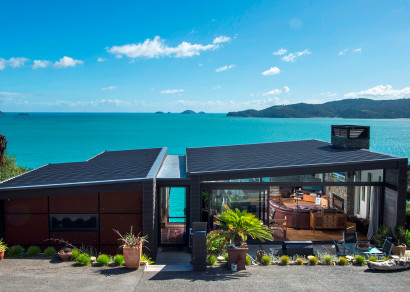



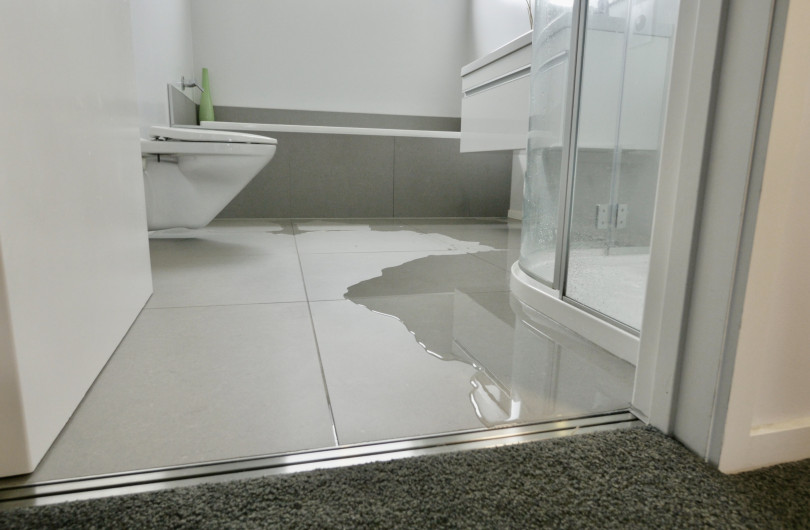
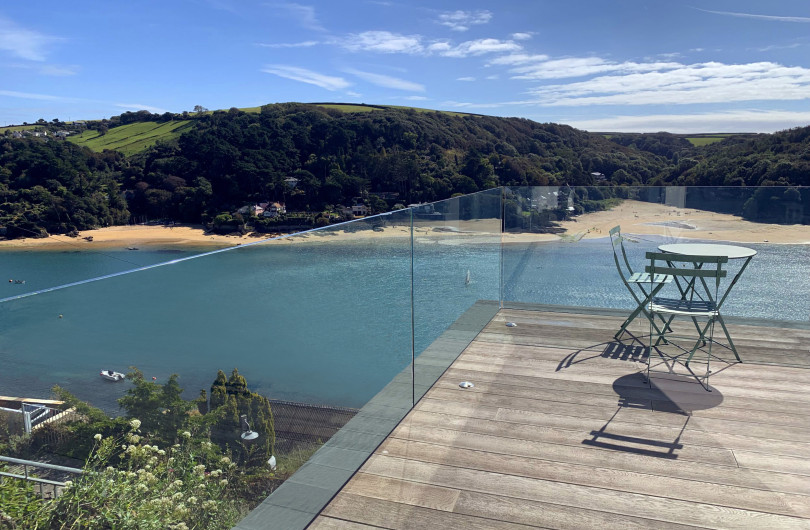

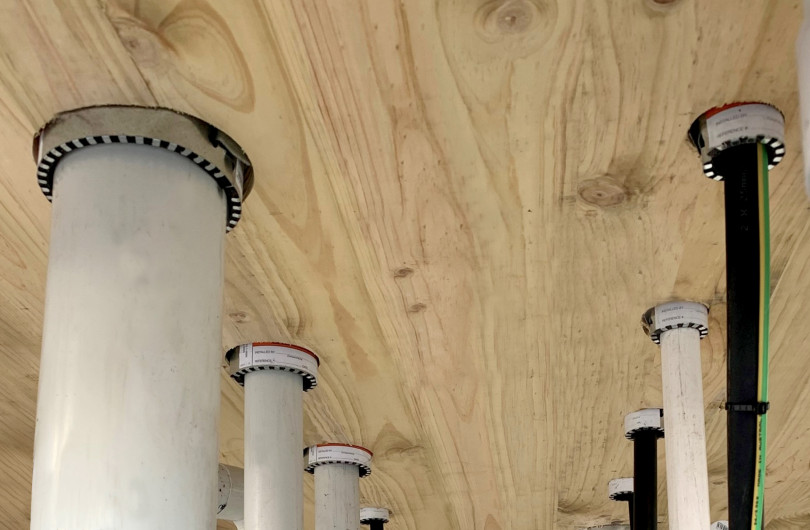



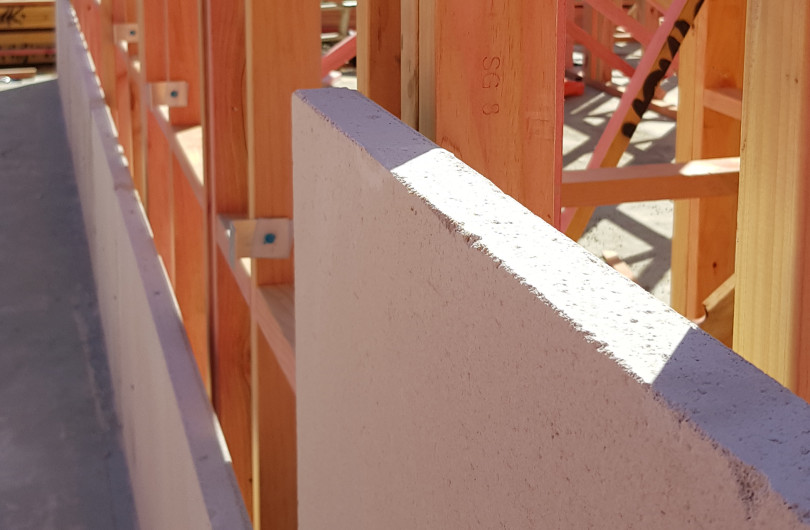



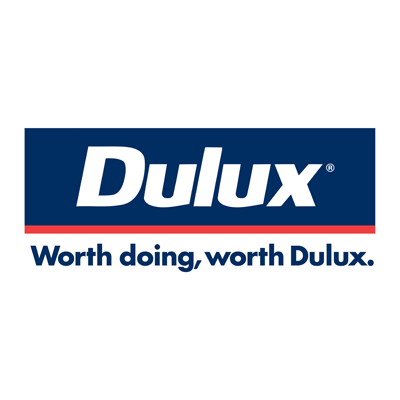
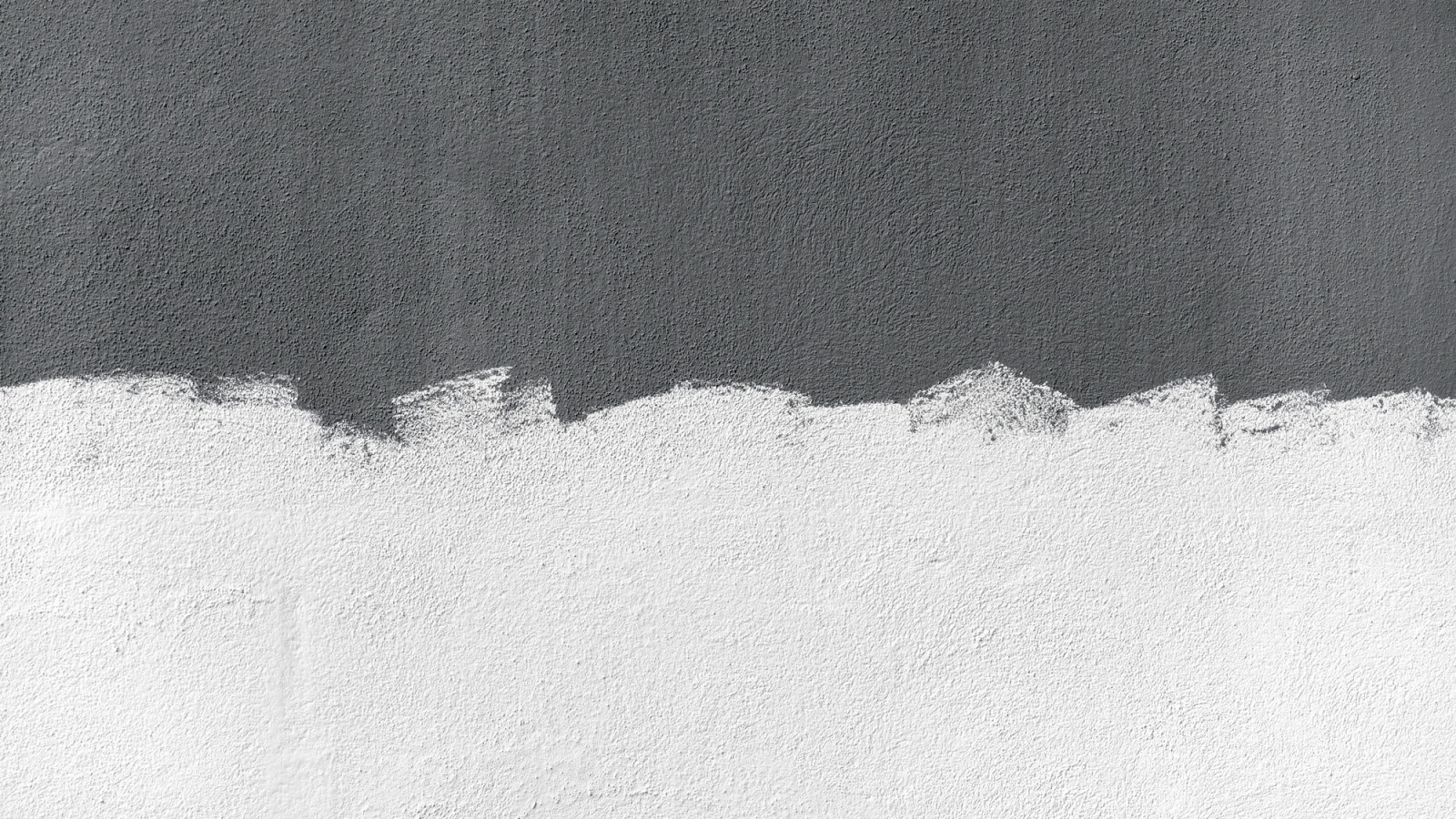



 Most Popular
Most Popular Popular Products
Popular Products



